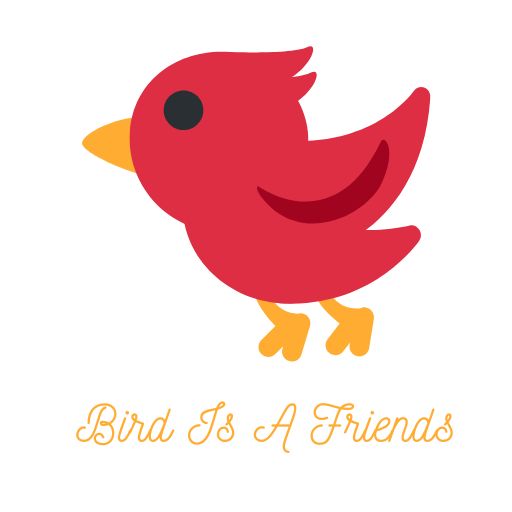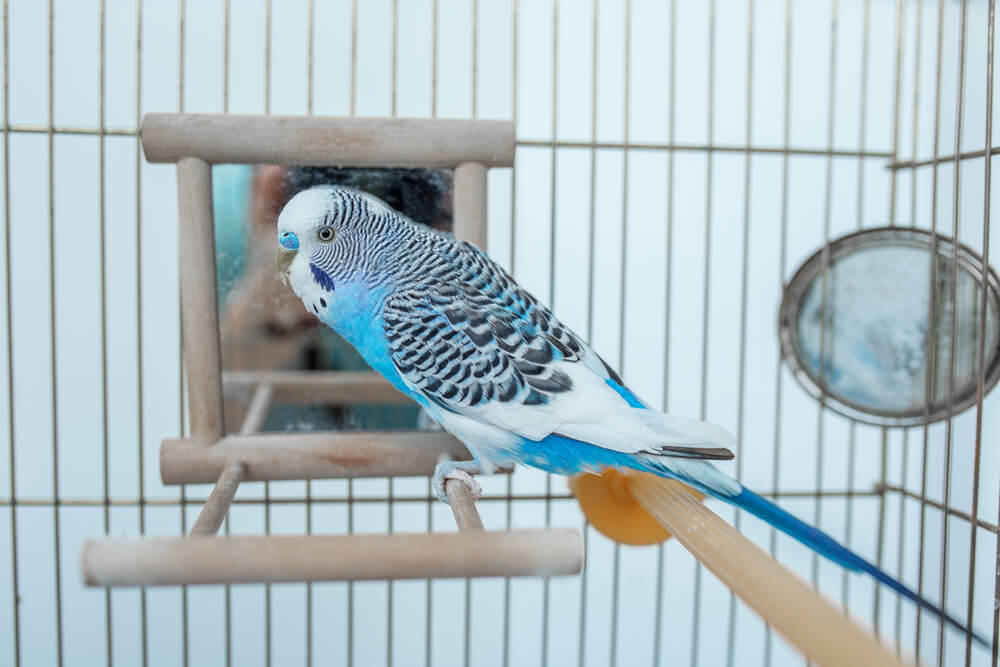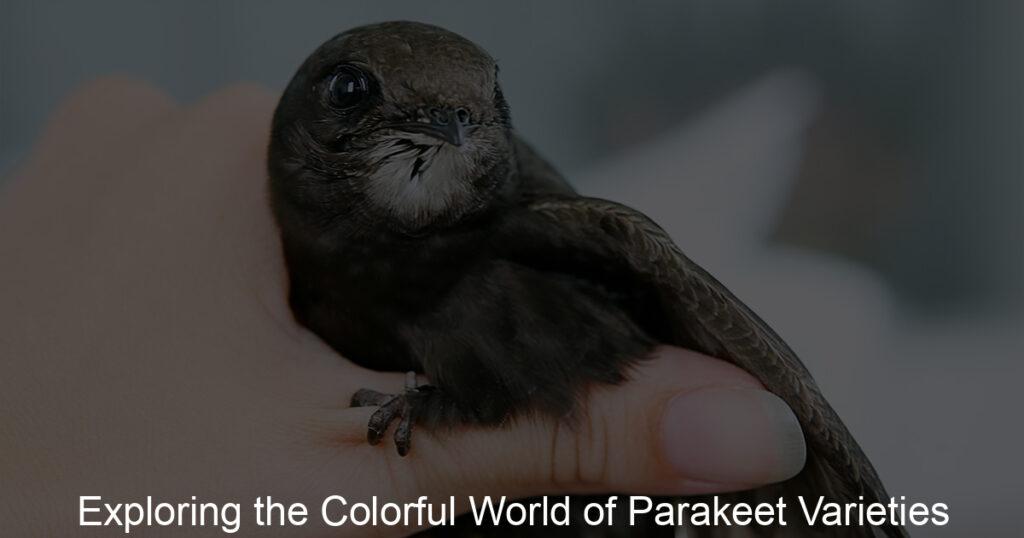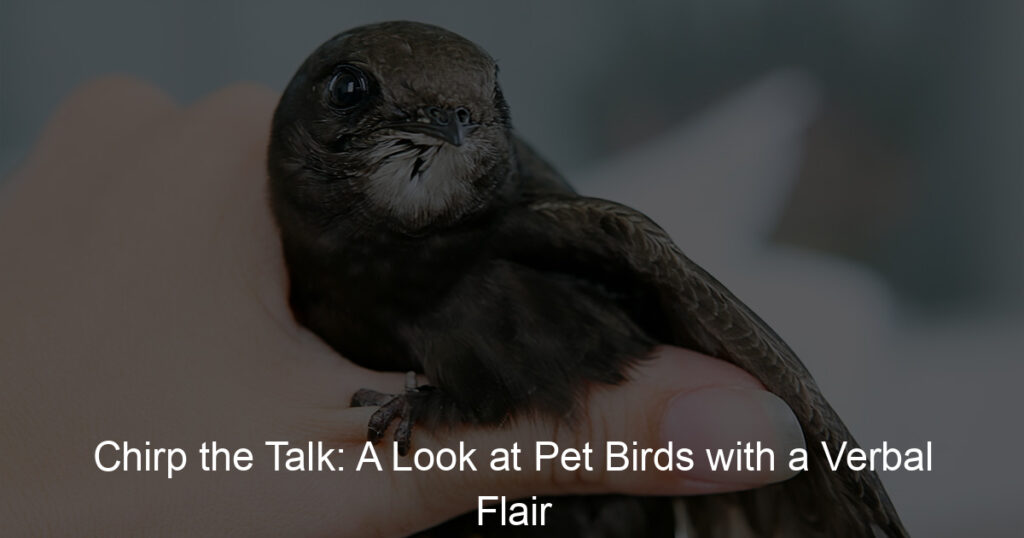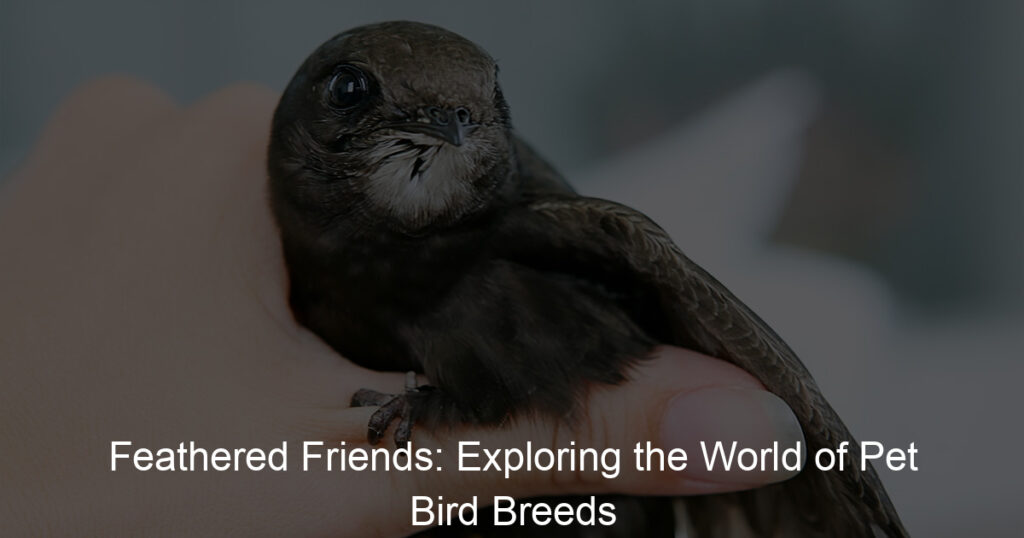Having a pet bird can be a rewarding experience, but it is important to handle your feathered friend safely. From the time they are hatched, birds learn how to interact with humans and other animals.
With some patience and guidance, you can teach your indoor pet bird proper handling techniques that will keep them safe while providing lots of love and affection.
In this article, we will explore various tips on handling your indoor pet bird safely so that you and your beloved companion can enjoy each interaction for years to come!
How to train a pet bird?
Before you begin handling your pet bird, it’s important to learn the basics of training. Start by teaching your feathery friend simple commands like “step up” and “come here”.
This will help them learn who is in charge and that you are a source of safety, food, and comfort. Once they have mastered these commands, you can move on to more advanced behaviors such as hand-feeding or responding to their name.
Allow plenty of time for training sessions so that your bird isn’t overwhelmed with too much information all at once. Use positive reinforcement during these lessons – reward them with praise or treats when they understand and follow instructions correctly.
What kind of toys do pet birds need?
Toys are essential for keeping your pet bird entertained, especially during the long hours of the day when you are away from home. Look for bird toys that provide multiple layers of entertainment such as swings and ladders. These will help them stay active and keep their minds stimulated.
Provide a variety of textures in the form of ropes, wood blocks, or even paper shreds to encourage exploration and play. Make sure to check your bird’s toys regularly so that they remain safe and free from damage.
How should I interact with my pet bird?
When interacting with your indoor pet bird, it is important to remember that birds need gentle handling and lots of patience. Always be mindful of their size and delicate nature.
Hold them close to your body, supporting their weight with both hands. Make sure that all of your movements are slow and steady so as not to startle or frighten them.
Speak softly when interacting with your bird – sudden loud noises can be very stressful for them. Be aware of how the bird is responding and give them plenty of time to get used to the situation before attempting any kind of physical contacts such as petting, grooming, or handling.
By following these tips you should have no trouble teaching your indoor pet bird proper handling techniques and enjoying a safe, fun relationship together!
What is the best cage size for a pet bird?
The size of your bird’s cage is an important factor in its overall well-being. A cage that is too small can be stressful and uncomfortable, while a cage that is too large may not provide enough stimulation and activity.
To determine the best size for your pet bird, consider its breed and how active they are. Smaller birds such as parakeets or finches will need a cage with plenty of space to fly, perch, and play. Larger birds like cockatoos require more room for climbing and chewing.
Whether you choose a large or small bird cage, make sure there is enough space for all of their necessary accessories such as food dishes, toys, and perches. This will ensure that they have plenty of exercise and enrichment throughout the day.
Remember to keep your pet bird’s cage clean and well-maintained at all times. Your feathered friend will thank you for it!
How often should I clean my bird’s cage?
Cleaning your bird’s cage is essential for keeping them healthy and happy. The frequency of cleaning will depend on the size of the cage, the number of birds, and how often they are handled.
Smaller cages should be cleaned at least once a week, while larger cages may need to be cleaned twice a week or more. Also, make sure to pay extra attention to any messes that might have been created by food or water spills – these can quickly become sources of bacteria if not dealt with promptly.
Be sure to use non-toxic cleaners when sanitizing your bird’s living space as some chemicals can be dangerous for them. When you’re finished cleaning, replace all toys, dishes, and perches in the cage so that your bird can return to their happy home.
By keeping on top of your bird’s cage cleaning routine, you can help ensure a long, healthy life for your feathered friend!
Do indoor birds need any special dietary requirements?
In addition to providing fresh, clean water and a variety of bird-safe fruits and vegetables, most pet birds require a special diet to stay healthy.
Parakeets, canaries, finches, and other small birds need seeds or pellets that are specially formulated for their species.
Seeds should be free from shells and hulls as these can cause choking or digestive issues. Larger birds such as cockatoos may benefit from a combination of grains, pellets, nuts, and other nutritious snacks – just make sure to avoid giving them anything with added sugar or salt.
It is also important to provide your pet bird with adequate amounts of vitamins and minerals – look for supplements that have been specifically designed for the type of bird you own.
By sticking to a healthy, balanced diet for your indoor pet bird, you can help ensure their long-term well-being and enjoyment!
How can I keep my bird safe from household dangers?
Although having an indoor pet bird can be a lot of fun, it is important to remember that there are many potential hazards in most homes. To minimize the risk of injury or illness, take the following precautions:
- Keep the cage away from any windows or drafts that might cause temperature fluctuations.
- Ensure no loose wires or cords are accessible that could be chewed on.
- Be sure to use non-toxic cleaners when sanitizing surfaces near your bird’s cage – some chemicals can be toxic if inhaled.
- Avoid any open flames or sources of smoke near the cage, as these can cause respiratory issues in birds.
- Watch out for small objects such as beads that could be swallowed and create digestive problems.
- Keep an eye out for pests such as fleas, mites, and ticks that may try to make their way into your bird’s living space – take steps to prevent them from entering!
By taking extra care around your pet bird, you can help ensure a safe and happy life for them!
Is it safe to let my pet bird out of its cage?
In general, it is not recommended to let your pet bird out of its cage unsupervised as many hazards could arise.
If you do choose to let your feathered friend out for a bit of exercise and enrichment, make sure that the area is free from any potential threats such as exposed wiring, open flames or smoke, drafts, etc.
You should also ensure that all windows and doors are securely closed and that the room has been checked for hazardous materials such as toxic cleaners or insecticides.
With proper supervision and safety precautions in place, some birds may be able to enjoy brief periods of supervision without coming into contact with any danger! However, if in doubt always err on the side of caution and keep your pet bird confined to its cage.
By taking the proper precautions, you can help keep your pet bird safe while they explore and enjoy the world around them!
